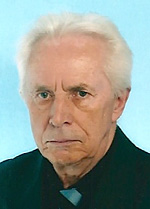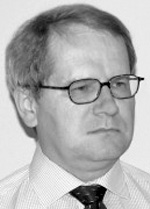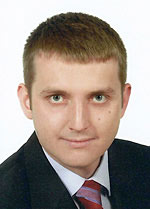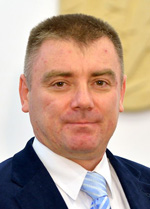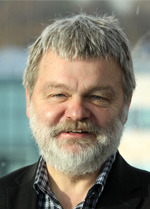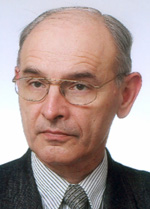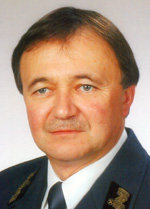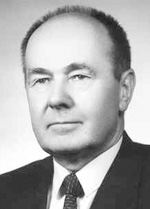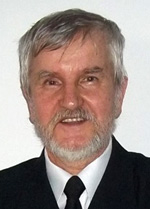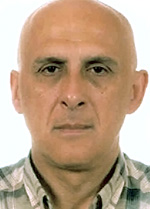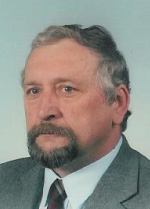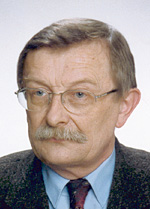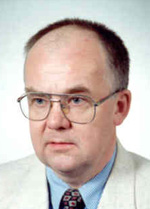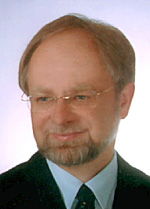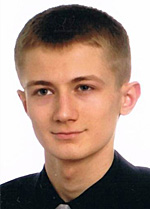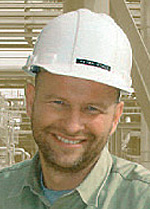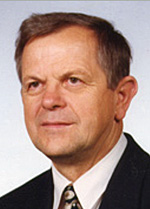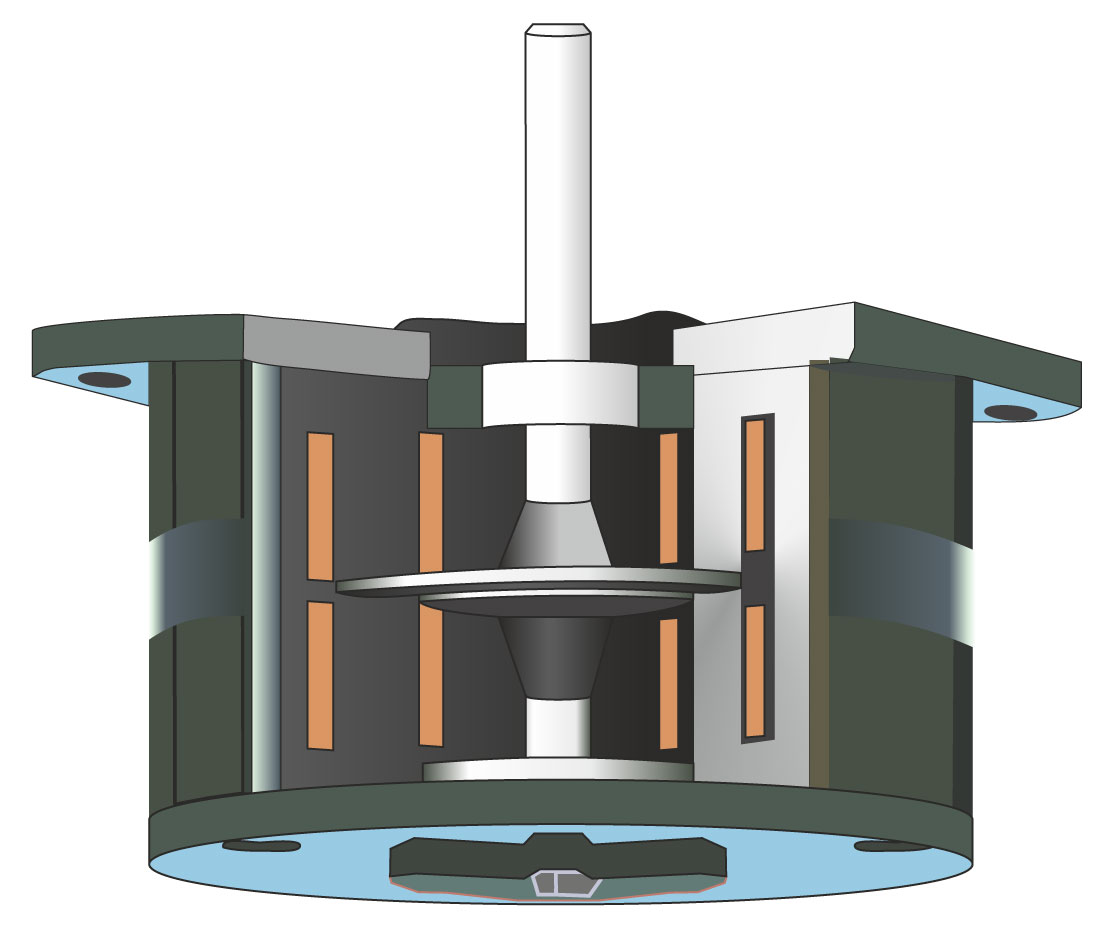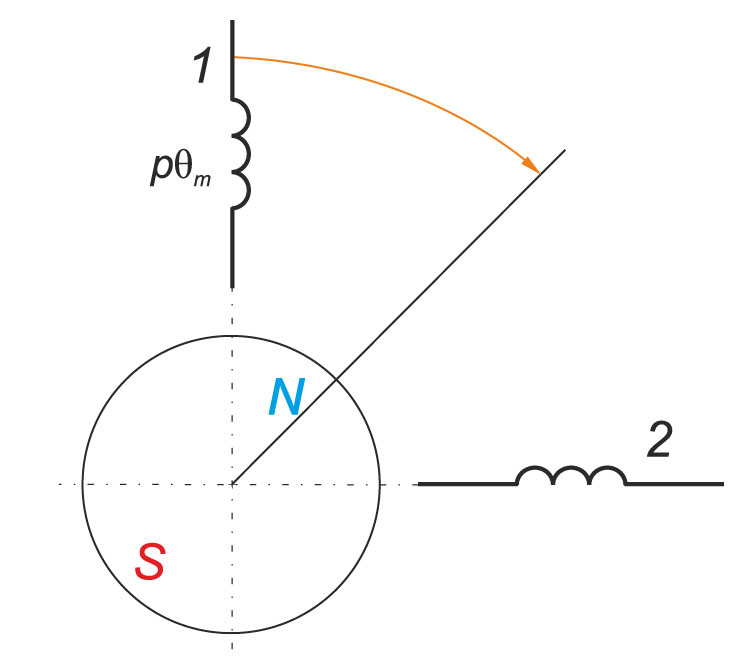E-pismo dla elektryków i elektroników
AUTOMATYKA, ELEKTRYKA, ZAKŁÓCENIA
Vol. 14, nr 1 (51) 2023
Model matematyczny silnika skokowego
Mathematical model of a stepper motor
dr hab. inż. Sebastian RÓŻOWICZ, dr hab. inż. Zbigniew GORYCA, dr hab. inż. Antoni RÓŻOWICZ
Abstract
The use of step-motor drives is required where it is necessary to precisely determine the position of the device component performing the movement. The modeling of any stepping motor consists of the equilibrium equations of voltages and the equilibrium equation of moments. Based on the proposed mathematical model of a stepping mo-tor, a simulation model can be built, which can provide a lot of information about the operation of the drive before it is built. The following work shows a mathematical model of a stepping motor taking into account the equilibrium equations of mechanical and electrical equilibrium. Thermal phenomena were not considered in this model
Streszczenie
Zastosowanie napędów z silnikami skokowymi wymagane jest tam, gdzie konieczne jest precyzyjne ustalenie pozycji elementu urządzenia wykonującego ruch. Modelowanie każdego silnika skokowego składa się z równań równowagi napięć i równania równowagi momentów. Na bazie zaproponowanego modelu matematycznego silnika skokowego można zbudować model symulacyjny, który może dostarczyć wielu informacji o pracy napędu przed jego zbudowaniem. Poniższa praca pokazuje model matematyczny silnika skokowego uwzględniający równania równowagi mechanicznej i elektrycznej. W modelu tym nie uwzględniano zjawisk cieplnych.
Keywords
mathematical model , stepping motor, drive, permanent magnets, simulations
Słowa kluczowe
model matematyczny , silnik skokowy, napęd, magnesy trwałe, symulacja
Rys. / Fig.
Bibliografia / Bilbiography
[1] H. Zhao, H. Feng: “Mathematical modeling of stepping motor and torque mechanism research on its different operations.”, Journal of Vibroengineering, Vol. 15, Issue 3, 2013, pp. 1102–1111.
[2] P. Jin-Yu: “Analysis and determination of stepping motor rotation stability.”, Aerospace Shanghai, Vol. 22, Issue 5, 2005, pp. 54–57.
[3] P.P. Acarnley: “Stepping motors: A Guide to Modern Theory and Practise.”, Stevenge, UK: P.Peregrinus, Ltd., 1982.
[4] F. Belkhouche, S. Muzdeka: “A linearized model for permanent magnet stepper motors.”, IEEE Conf. Ind. Electron. Society, vol. 1, November 2003, pp. 301–305.
[5] M. Bendjedia, Y. Ait-Amirat, B. Walther, A. Berthon: “Sensorless control of hybrid stepper motor.”, In 2007 European Conference on Power Electronics and Applications, pp. 1–10. IEEE, 2007.
[6] M. Butcher, A, Masi, R. Picatoste, A. Giustiniani: “Hybrid stepper motor electrical model extensions for use in intelligent drives.”, Industrial Electronics, IEEE Transactions on, 61(2):917–929, Feb 2014. ISSN 0278-0046. doi: 10.1109/TIE.2013.2254097.
[7] S. Różowicz: “Voltage modelling in ignition coil using magnetic coupling of fractional order.”, Archives of Electrical Engineering, Vol. 168(2), 2019, pp. 227-235. ISSN 1427-4221.
[8] S. Różowicz, A. Zawadzki: “Experimental verification of signal propagation in automotive ignition cables modelled with distributed parameter circuit.”, Archives of Electrical Engineering, Vol. 68/3, 2019, pp.667–675 ISSN 1427-4221.





